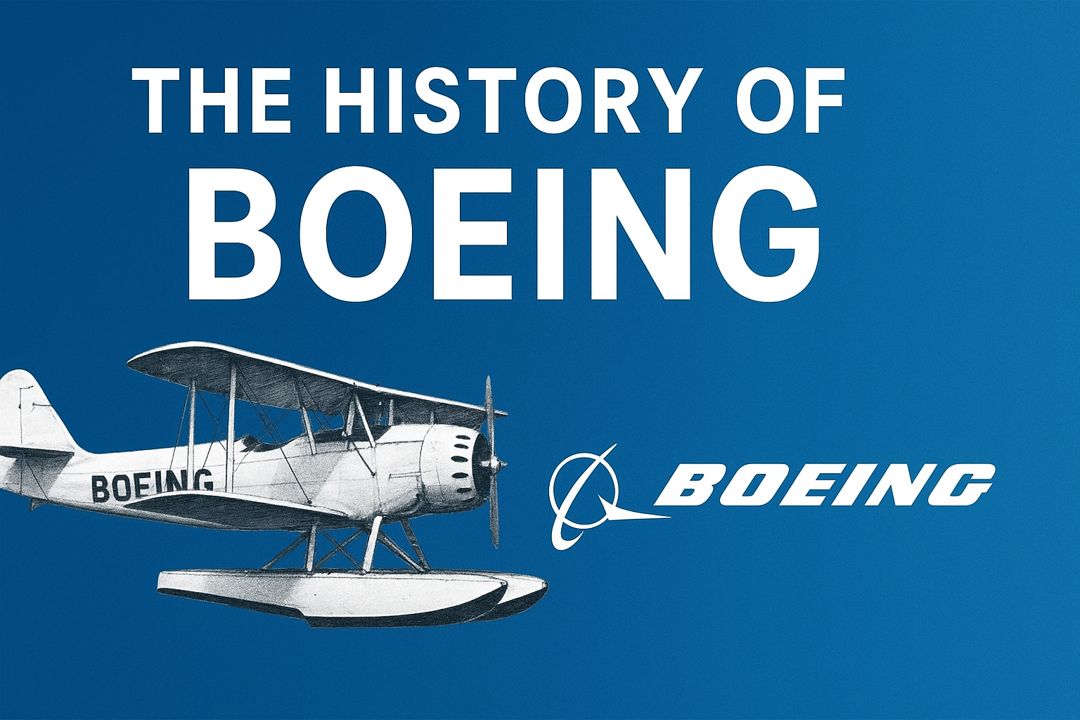
Post by : Shivani
The story of Boeing is the story of modern aviation itself. From the early days of wooden seaplanes to the cutting-edge Boeing 787 Dreamliner, Boeing has shaped the skies for over a century. As one of the world’s leading aerospace manufacturers, Boeing’s journey reflects the evolution of flight, innovation, and global connectivity. This article explores the complete history of Boeing, from its origins and wartime contributions to its modern aircraft innovations and sustainable aviation goals.
Boeing was founded in 1916 by William E. Boeing in Seattle, Washington. Originally named “Pacific Aero Products Co.,” the company’s first aircraft, the B&W Seaplane, marked the beginning of a new era in American aviation. In 1917, the company was renamed The Boeing Airplane Company, setting the stage for over a century of aircraft innovation and manufacturing excellence.
During its early years, Boeing focused on producing military aircraft for the U.S. Navy and Army. The company’s commitment to quality and performance quickly earned it a reputation as a reliable aircraft manufacturer.
In the 1920s, Boeing expanded into commercial aviation, producing aircraft like the Model 40, which carried both mail and passengers. The company’s success grew with the Boeing 247, introduced in 1933, which became the world’s first modern airliner. With its all-metal design, retractable landing gear, and twin engines, the Boeing 247 set new standards for safety and efficiency in the aviation industry.
During World War II, Boeing became synonymous with American air power. The Boeing B-17 Flying Fortress was one of the most iconic bombers of the war. Known for its durability, long range, and heavy defensive armament, the B-17 played a crucial role in the Allied bombing campaigns over Europe. Its ability to sustain damage and still return home made it a symbol of resilience and engineering excellence.
Following the success of the B-17, Boeing developed the B-29 Superfortress, which introduced pressurized cabins and remote-controlled gun turrets. The B-29 was used in the Pacific theater and was the aircraft that dropped the atomic bombs on Hiroshima and Nagasaki, marking a pivotal moment in world history.
By the end of the war, Boeing had established itself as a leader in aircraft manufacturing, producing thousands of bombers that helped secure Allied victory.
After World War II, Boeing shifted its focus from military to commercial aircraft. The company’s engineers began developing jet-powered airliners, leading to the creation of the Boeing 707 in 1958. The 707 revolutionized air travel, making long-distance flights faster, safer, and more accessible. It marked Boeing’s entry into the commercial aircraft market, setting the foundation for decades of dominance.
The 1960s and 1970s were a golden era for Boeing. The Boeing 727 became a favorite for short- to medium-haul routes, while the Boeing 737—first introduced in 1967—became the best-selling commercial jet in history. The Boeing 747, known as the “Queen of the Skies,” transformed global travel with its massive capacity and long-range capabilities. These aircraft cemented Boeing’s reputation as a pioneer in aviation technology and aircraft innovation.
Boeing continued to innovate through the 1980s and 1990s, introducing advanced avionics, composite materials, and digital flight systems. The Boeing 777, launched in 1994, was the first commercial aircraft designed entirely using computer-aided design (CAD). It became a benchmark for efficiency, comfort, and reliability.
In 2011, Boeing introduced the 787 Dreamliner, a revolutionary aircraft that redefined modern air travel. Built with lightweight composite materials and powered by fuel-efficient engines, the Dreamliner reduced fuel consumption by up to 20%. Its advanced aerodynamics, larger windows, and improved cabin pressure enhanced passenger comfort while supporting sustainable aviation goals. The 787 Dreamliner remains one of Boeing’s most successful and technologically advanced aircraft.
Beyond commercial aviation, Boeing has been a major player in defense and aerospace. The company produces advanced military aircraft such as the F/A-18 Super Hornet, KC-46 Pegasus, and P-8 Poseidon. Boeing’s defense division also develops satellites, missile systems, and space exploration technologies, contributing to national security and global defense innovation.
Boeing has been a key partner in space exploration since the Apollo era. The company helped design the Saturn V rocket, which carried astronauts to the Moon. Today, Boeing continues its space legacy through projects like the Starliner spacecraft and contributions to NASA’s Space Launch System (SLS), supporting future missions to the Moon and Mars.
Despite its successes, Boeing has faced significant challenges. The Boeing 737 MAX crisis in 2018–2019, following two fatal crashes, led to a global grounding of the aircraft and intense scrutiny of Boeing’s safety practices. The company has since implemented major reforms, improving transparency, safety culture, and engineering oversight.
Boeing also faces competition from Airbus, its European rival, in the commercial aircraft market. Supply chain disruptions and production delays have tested Boeing’s resilience, but the company continues to recover and innovate, focusing on quality, safety, and sustainability.
As environmental concerns grow, Boeing is investing heavily in sustainable aviation fuels (SAF), electric propulsion, and hydrogen-powered aircraft. The company aims to make all its aircraft capable of flying on 100% SAF by 2030. Boeing’s research into next-generation propulsion systems and lightweight materials supports the global push toward carbon-neutral aviation.
The upcoming Boeing 777X represents the next step in Boeing’s innovation journey. Featuring new composite wings, advanced engines, and improved fuel efficiency, the 777X is designed to meet the demands of modern airlines while reducing environmental impact. Boeing’s focus on sustainability and digital transformation ensures its continued leadership in the aviation industry.
Over more than a century, Boeing has transformed from a small seaplane manufacturer into a global aerospace powerhouse. Its aircraft—from the B-17 Flying Fortress to the 787 Dreamliner—have connected continents, advanced technology, and shaped the modern world. Boeing’s influence extends beyond aviation, symbolizing human ingenuity, resilience, and the pursuit of progress.
The complete history of Boeing is a testament to innovation, perseverance, and vision. From wartime bombers to cutting-edge commercial jets, Boeing has continually pushed the boundaries of what’s possible in flight. As the company embraces sustainability and prepares for the next generation of aircraft, its legacy as a pioneer in aircraft manufacturing, aviation technology, and sustainable aviation remains unmatched. The journey from the B-17 Bombers to the 787 Dreamliner is not just Boeing’s story—it’s the story of modern aviation itself.
#BoeingHistory #AviationInnovation #Boeing787Dreamliner #AircraftManufacturing #AerospaceEngineering
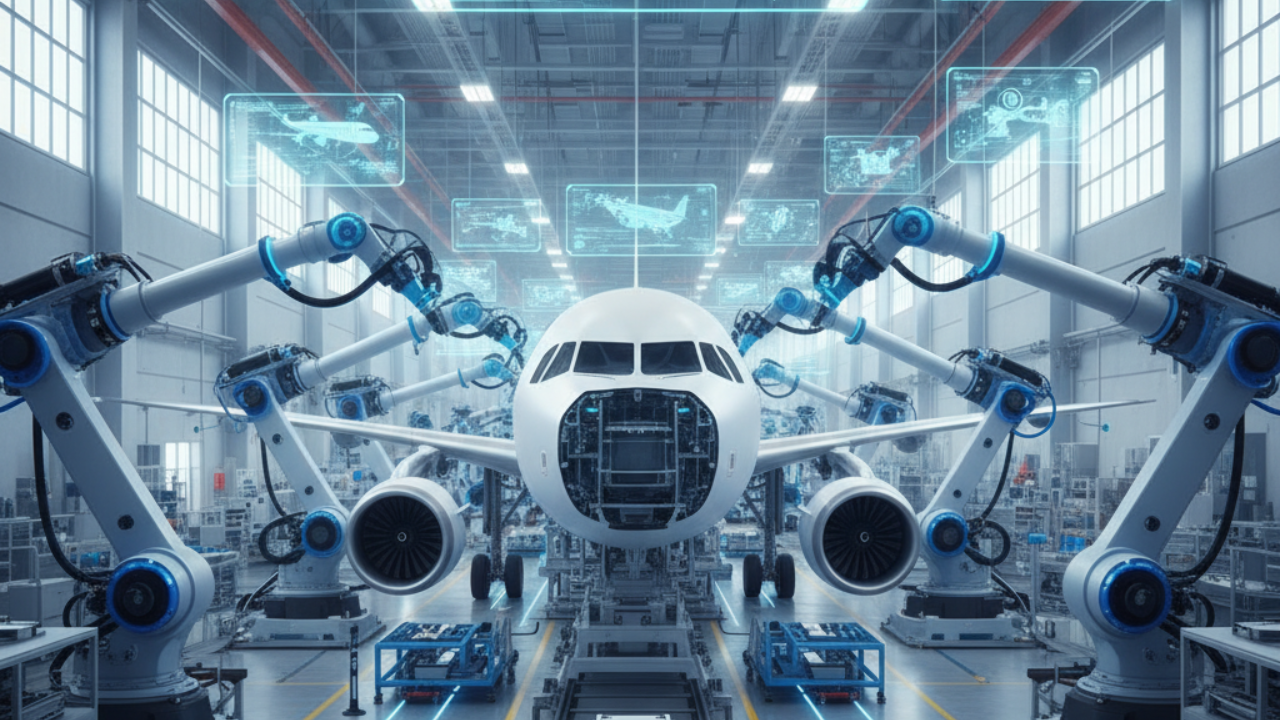
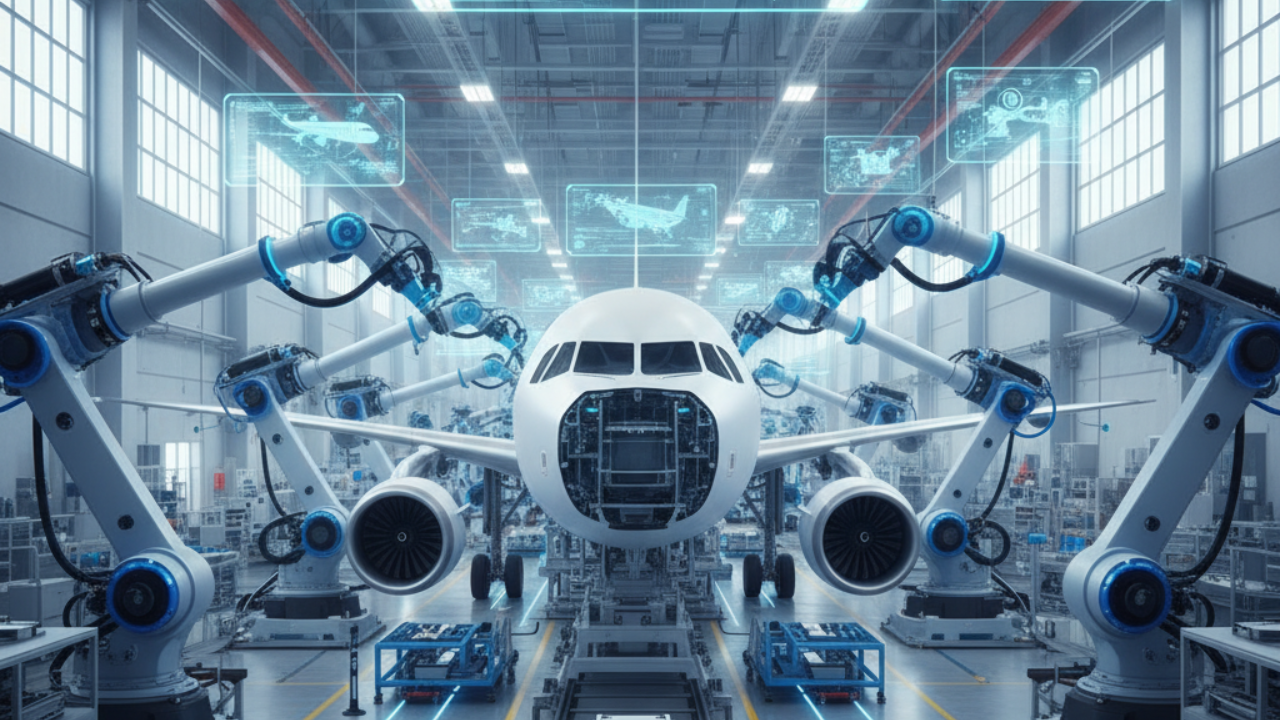
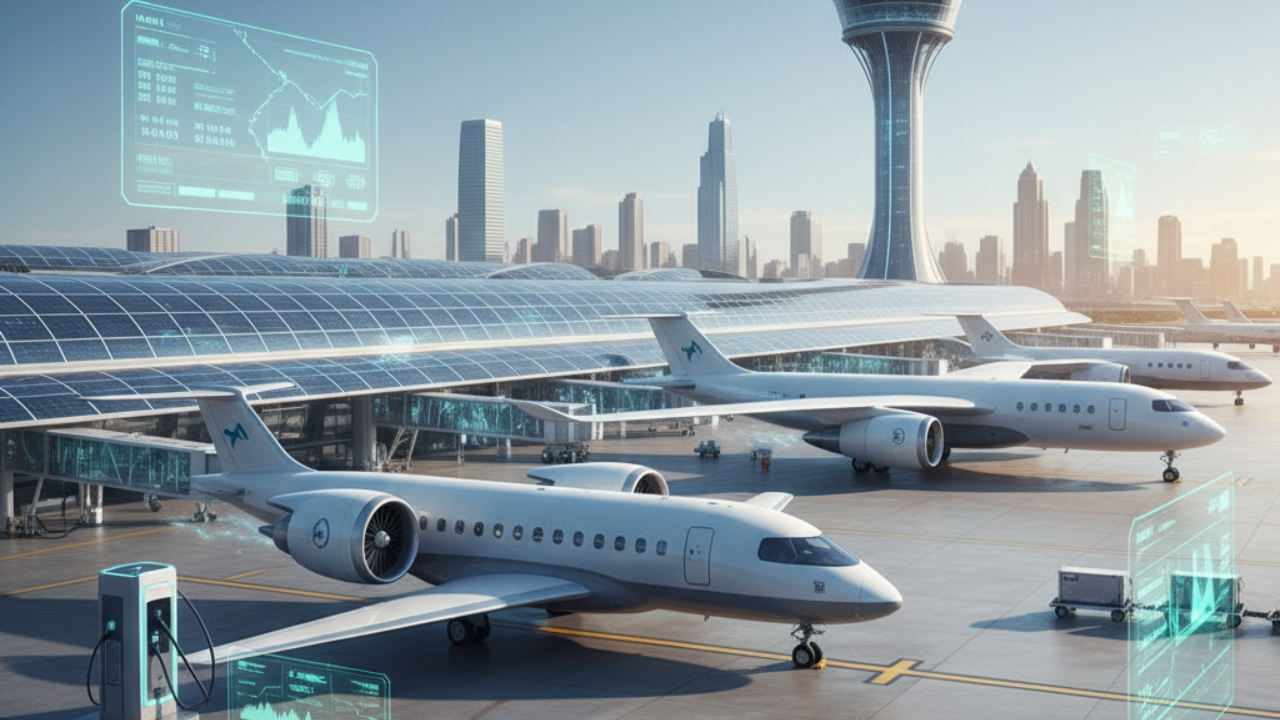
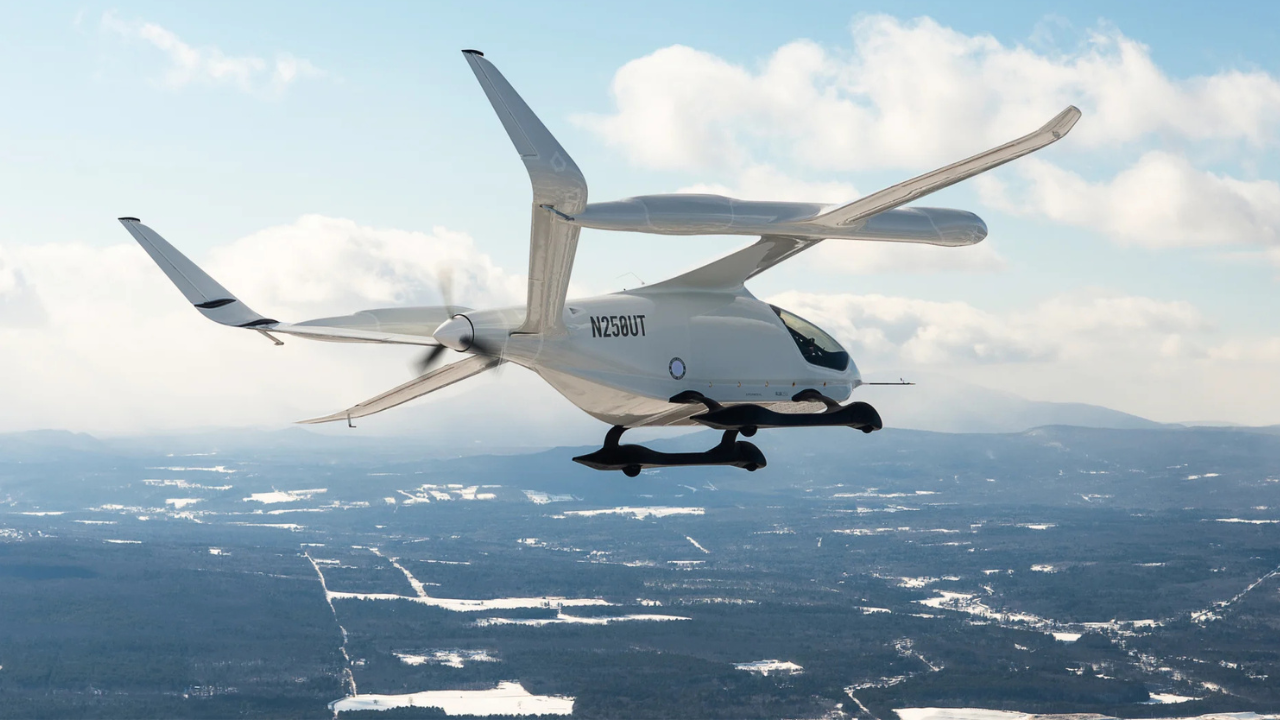
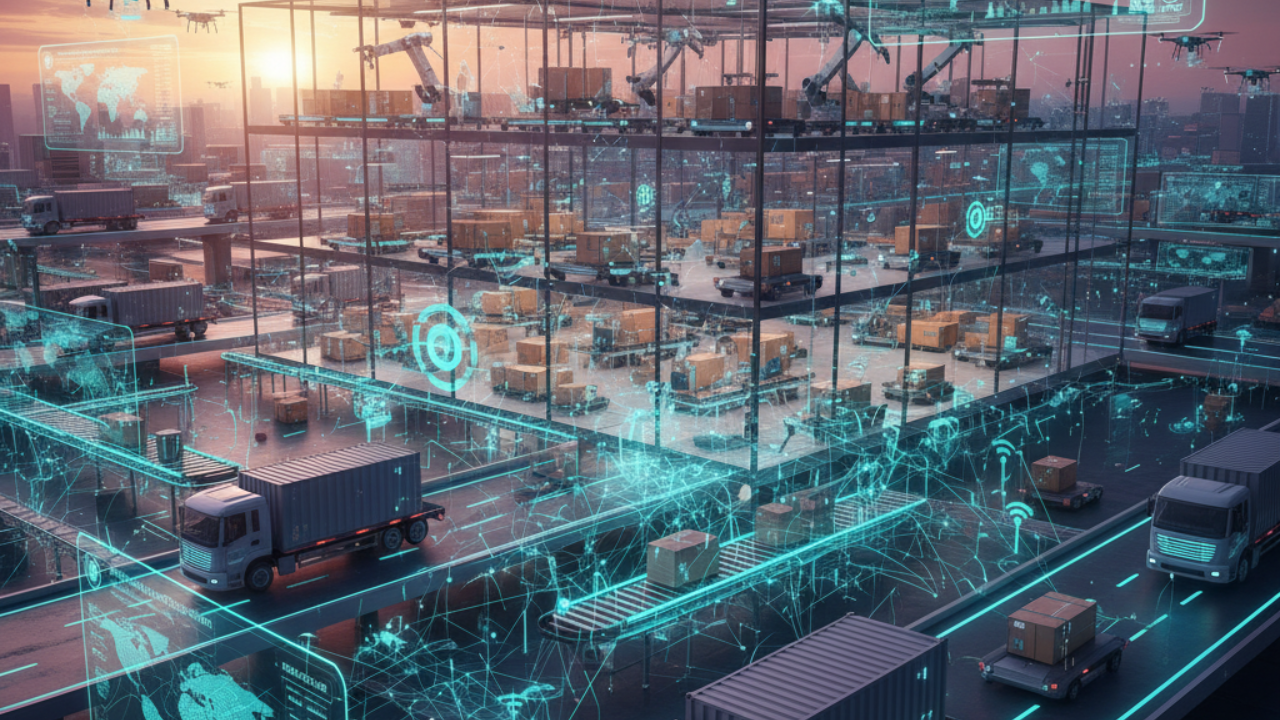


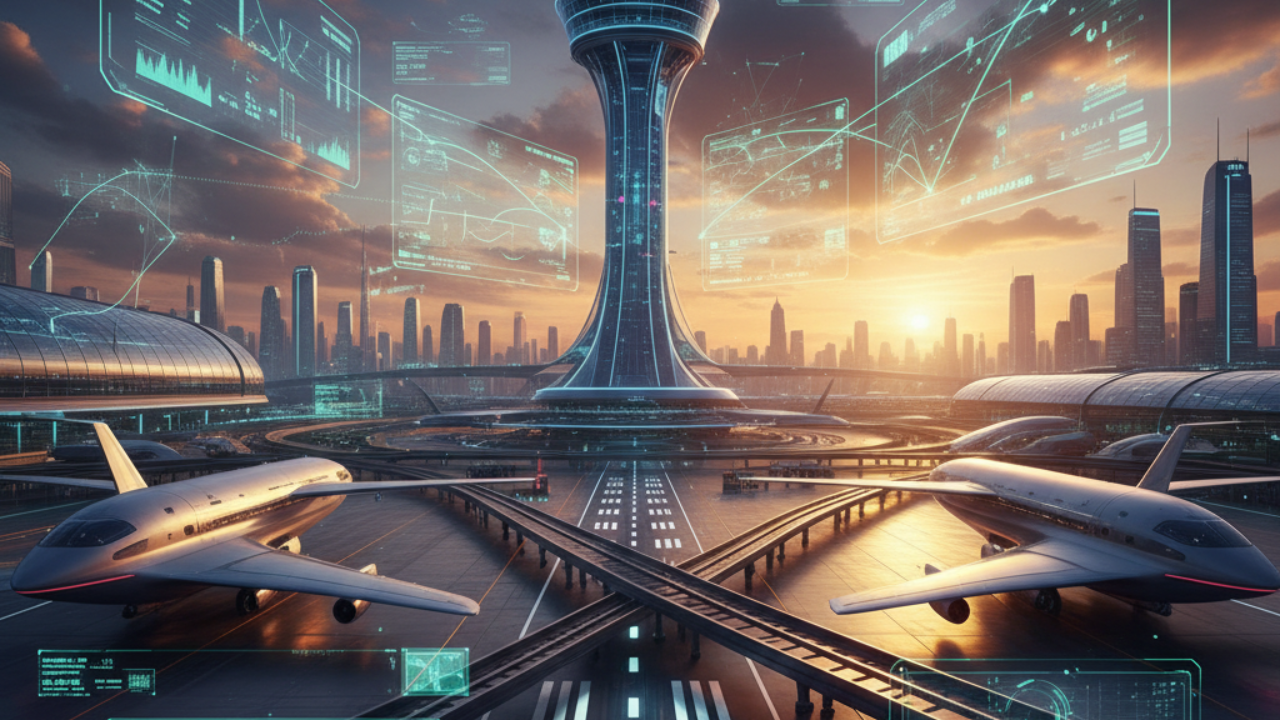


Bengaluru-Mumbai Superfast Train Approved After 30-Year Wait
Railways approves new superfast train connecting Bengaluru and Mumbai, ending a 30-year demand, easi

Canada Post Workers Strike Halts Nationwide Mail and Parcel Services
Canada Post halts operations as CUPW strike disrupts mail and parcel delivery nationwide amid disput

PM Modi Launches BSNL ‘Swadeshi’ 4G Network, 97,500 Towers Built
India enters global telecom league as PM Modi inaugurates BSNL’s indigenous 4G, connecting 26,700 vi

India’s Iconic MiG‑21 Takes Final Flight After Six Decades of Service
After 60 years India retires its MiG‑21 fighter jet, a legendary yet controversial warplane marking

Hindustan Zinc unveils AI hotspot monitoring at Debari smelter
Hindustan Zinc launches AI-powered Switchyard Hotspot Monitoring at Debari smelter to cut outages bo

Chinese experts worked inside sanctioned Russian drone plant
Chinese drone specialists visited IEMZ Kupol supplying parts and drones via intermediaries, deepenin